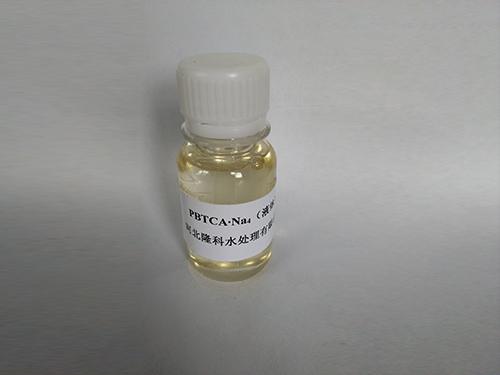Coagulation and Flocculation Processes in Water Treatment Systems Explained
Understanding Coagulants and Flocculants Key Players in Water Treatment
Water is a vital resource, essential for human survival, agriculture, and industry. However, the increasing demand for clean water has heightened the need for effective water treatment methods. Among these methods, coagulants and flocculants play crucial roles in ensuring the removal of suspended solids and impurities from water. This article delves into the definitions, functions, and applications of coagulants and flocculants in various water treatment processes.
Defining Coagulants and Flocculants
Coagulants are chemical substances that facilitate the aggregation of particles within a liquid. They help destabilize colloidal suspensions, allowing particles to clump together and form larger aggregates called flocs. Common coagulants include metal salts such as aluminum sulfate (alum), ferric chloride, and polyaluminum chloride. These compounds carry a positive charge, which neutralizes the negative charges on suspended particles, thus promoting coagulation.
On the other hand, flocculants are substances that aid in the formation of larger flocs from the smaller aggregates created during the coagulation process. Flocculants can be natural or synthetic polymers, such as polyacrylamide and natural starches. They enhance the settling of flocs, making it easier to separate them from the treated water. While coagulants initiate the process, flocculants complete it, leading to clearer water.
The Coagulation and Flocculation Process
The coagulation and flocculation processes are typically employed sequentially in water treatment plants. The first step involves the addition of a coagulant to the water. This addition neutralizes the charges on suspended particles, causing them to collide and bond. Once the aggregates begin to form, a flocculant is introduced to promote further bonding and growth of these aggregates.
The resulting flocs are larger and heavier, allowing them to settle at the bottom of a sedimentation tank, or they can be removed through filtration. The effectiveness of these processes depends on factors such as the type and dosage of coagulants and flocculants used, as well as the characteristics of the water being treated.
Applications in Water Treatment
coagulant flocculant

The application of coagulants and flocculants extends far beyond municipal water treatment plants. They are also utilized in various industries, including
1. Wastewater Treatment Coagulants and flocculants are crucial in treating industrial wastewater, where high levels of suspended solids and contaminants are present. They help in clarifying effluents before they are discharged into the environment.
2. Drinking Water Production In producing safe drinking water, coagulation and flocculation processes help remove pathogens, organic matter, and toxins from source water.
3. Paper Production In paper manufacturing, these chemicals are used to remove impurities from the pulp, thereby enhancing the quality of the final product.
4. Mining and Mineral Processing The mining industry employs coagulants and flocculants to manage tailings and improve the recovery of valuable minerals from ore.
5. Oil and Gas In the oil and gas sector, these substances help in separating oil from water and managing produced water, ensuring environmental compliance.
Conclusion
Coagulants and flocculants are fundamental components of modern water treatment processes. Their ability to enhance the removal of suspended solids and contaminants has made them invaluable in protecting public health and preserving environmental quality. As industries continue to seek sustainable practices, the innovation of more efficient and environmentally friendly coagulants and flocculants will likely become a focal point. Understanding their roles and applications not only highlights their importance in water treatment but also underscores the need for continuous research and development in this field to tackle the ever-evolving challenges of water quality management.
-
Water Treatment with Flocculant Water TreatmentNewsJun.12,2025
-
Polymaleic AnhydrideNewsJun.12,2025
-
Polyaspartic AcidNewsJun.12,2025
-
Enhance Industrial Processes with IsothiazolinonesNewsJun.12,2025
-
Enhance Industrial Processes with PBTCA SolutionsNewsJun.12,2025
-
Dodecyldimethylbenzylammonium Chloride SolutionsNewsJun.12,2025





